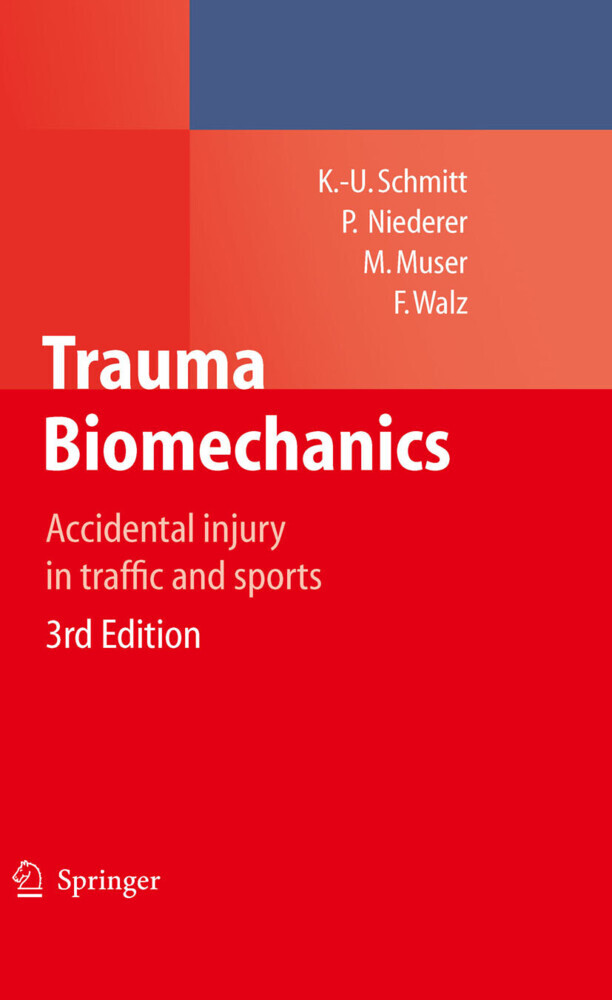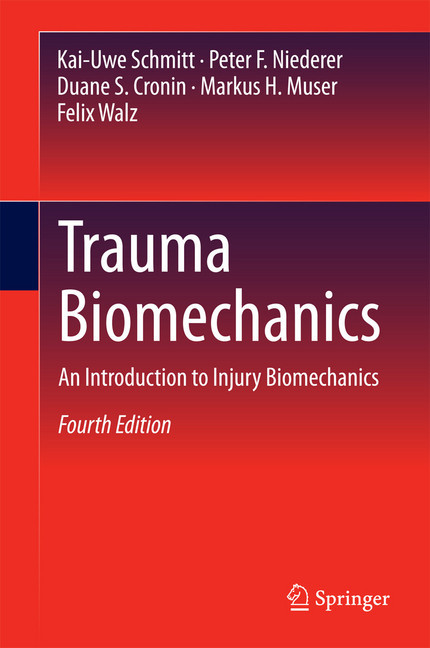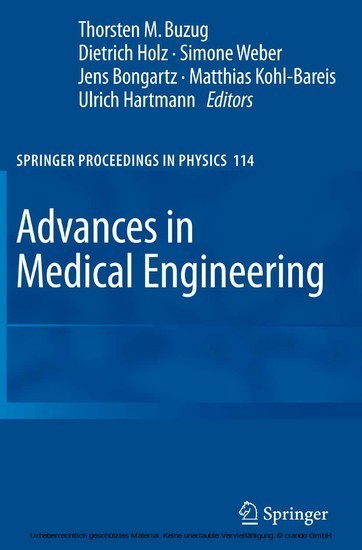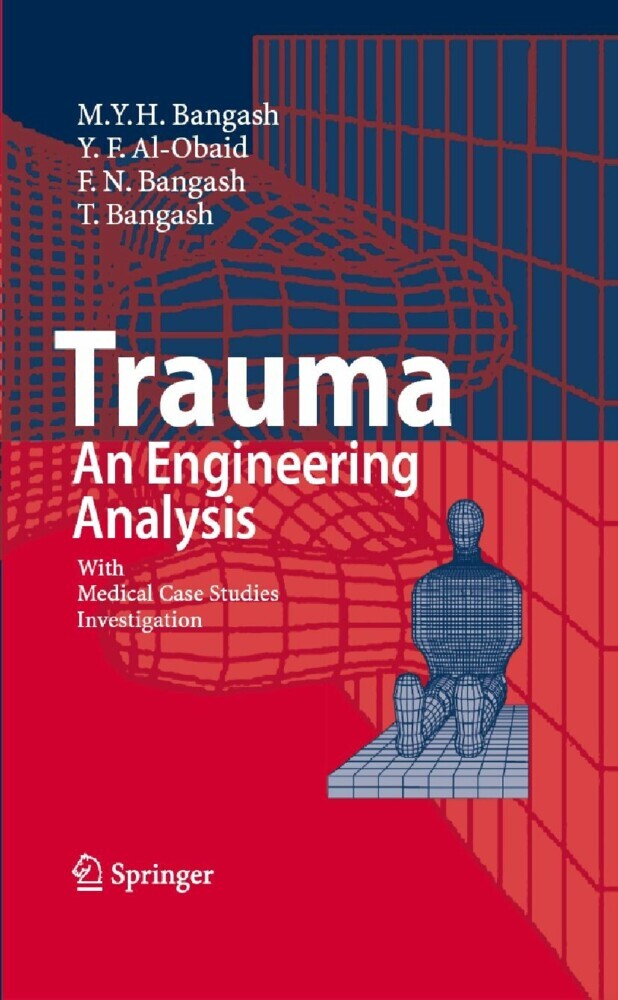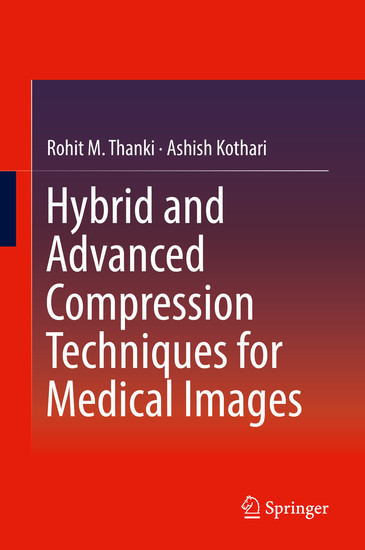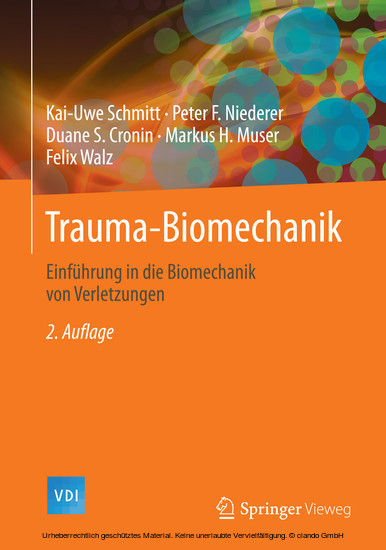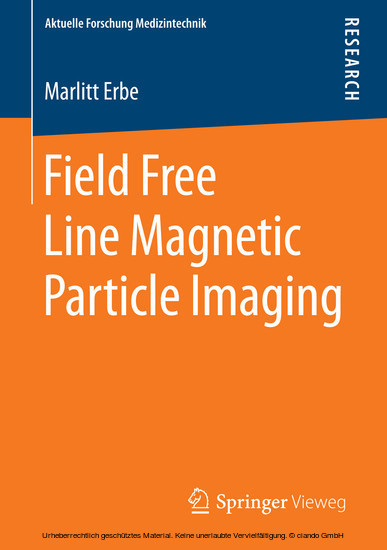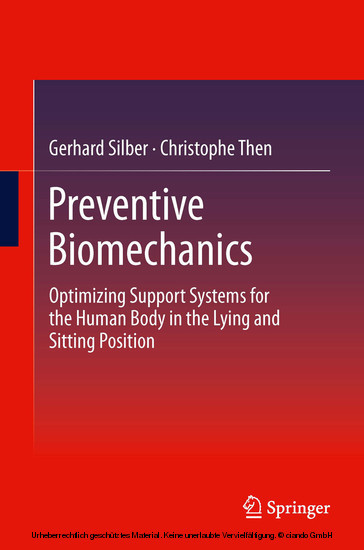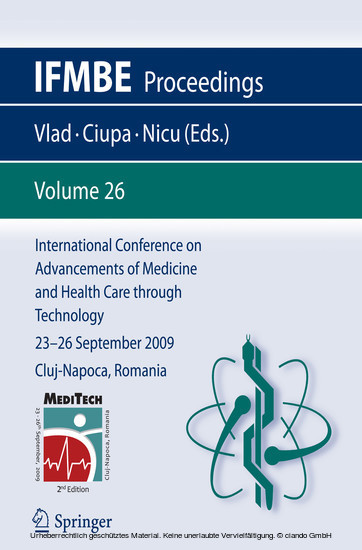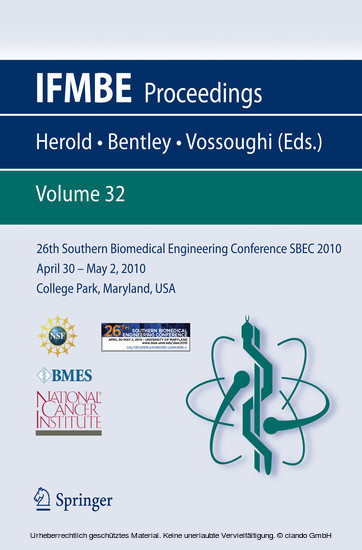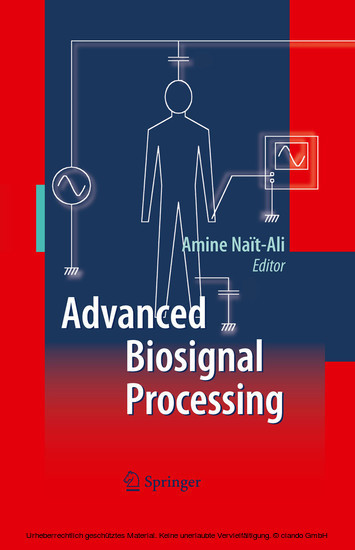Trauma Biomechanics
Accidental injury in traffic and sports
Trauma biomechanics uses the principles of mechanics to study the response and tolerance level of biological tissues under extreme loading conditions. Through an understanding of mechanical factors that influence the function and structure of human tissues, countermeasures can be developed to alleviate or even eliminate such injuries. Trauma Biomechanics surveys a wide variety of topics in injury biomechanics including injury classification, injury mechanisms and injury criteria. Both injuries sustained in automotive accidents and in sports are addressed. The interdisciplinary approach necessary in trauma biomechanics is stressed by showing the span from anatomy for each body region to engineering solutions for protection against injury. Injury tolerance values are listed, either currently in use or proposed by both the U.S. and European countries. Although the book is meant as a first introduction for engineers and medical doctors, sufficient references for scientific research are provided also.
1;Preface;5 2;Preface - 2nd edition;7 3;Acknowledgements;8 4;Contents;9 5;1 Introduction;13 5.1;1.1 About the contents of this book;15 5.2;1.2 Historical remarks;22 5.3;1.3 References;28 6;2 Methods in Trauma Biomechanics;29 6.1;2.1 Statistics, field studies, databases;29 6.2;2.2 Basic concepts of biomechanics;33 6.3;2.3 Injury criteria, injury scales and injury risk;38 6.4;2.4 Accident reconstruction;42 6.5;2.5 Experimental models;46 6.6;2.6 Standardised test procedures;51 6.6.1;2.6.1 Anthropomorphic test devices;59 6.7;2.7 Numerical methods;66 6.8;2.8 Summary;70 6.9;2.9 Exercises;71 6.10;2.10 References;72 7;3 Head Injuries;75 7.1;3.1 Anatomy of the head;75 7.2;3.2 Injuries and injury mechanisms;77 7.3;3.3 Mechanical response of the head;82 7.4;3.4 Injury criteria for head injuries;87 7.4.1;3.4.1 Head Injury Criterion (HIC);87 7.4.2;3.4.2 Head Protection Criterion (HPC);89 7.4.3;3.4.3 3 ms criterion (a3ms);89 7.4.4;3.4.4 Generalized Acceleration Model for Brain Injury Threshold (GAMBIT);89 7.5;3.5 Head injuries in sports;91 7.6;3.6 Head injury prevention;96 7.6.1;3.6.1 Head injury prevention in pedestrians;97 7.7;3.7 Summary;100 7.8;3.8 Exercises;100 7.9;3.9 References;101 8;4 Spinal Injuries;106 8.1;4.1 Anatomy of the spine;107 8.2;4.2 Injury mechanisms;110 8.3;4.3 Biomechanical response and tolerances;118 8.4;4.4 Injury criteria;123 8.4.1;4.4.1 Neck injury criterion NIC;124 8.4.2;4.4.2 Nij neck injury criterion;125 8.4.3;4.4.3 Neck protection criterion Nkm;126 8.4.4;4.4.4 Lower Neck Load Index (LNL);129 8.4.5;4.4.5 Neck injury criteria in ECE and FMVSS;130 8.4.6;4.4.6 Further neck injury criteria;132 8.4.7;4.4.7 Correlating neck injury criteria to the injury risk;133 8.5;4.5 Spinal injuries in sports;135 8.6;4.6 Prevention of soft tissue neck injury;137 8.6.1;4.6.1 Head restraint geometry and padding material;138 8.6.2;4.6.2 Controlling head restraint position;140 8.6.3;4.6.3 Controlling seat back motion;142 8.7;4.7 Summary;144 8.8;4.8 Exercises;144 8.9;4.9 References;145 9;5 Thoracic Injuries;154 9.1;5.1 Anatomy of the thorax;154 9.2;5.2 Injury mechanisms;156 9.2.1;5.2.1 Rib fractures;158 9.2.2;5.2.2 Lung injuries;159 9.2.3;5.2.3 Injuries to other thoracic organs;160 9.3;5.3 Biomechanical response;164 9.3.1;5.3.1 Frontal loading;164 9.3.2;5.3.2 Lateral loading;168 9.4;5.4 Injury tolerances and criteria;170 9.4.1;5.4.1 Acceleration and force;170 9.4.2;5.4.2 Thoracic Trauma Index (TTI);171 9.4.3;5.4.3 Compression Criterion (C);172 9.4.4;5.4.4 Viscous Criterion (VC);172 9.4.5;5.4.5 Combined Thoracic Index (CTI);173 9.4.6;5.4.6 Other criteria;173 9.5;5.5 Thoracic injuries in sports;174 9.6;5.6 Summary;174 9.7;5.7 Exercises;174 9.8;5.8 References;176 10;6 Abdominal Injuries;179 10.1;6.1 Anatomy of the abdomen;179 10.2;6.2 Injury mechanisms;180 10.3;6.3 Testing the biomechanical response;183 10.4;6.4 Injury tolerance;185 10.4.1;6.4.1 Injury criteria;186 10.5;6.5 Influence of seat belt use;187 10.6;6.6 Abdominal injuries in sports;188 10.7;6.7 Summary;188 10.8;6.8 Exercises;188 10.9;6.9 References;189 11;7 Injuries of the Pelvis and the Lower Extremities;192 11.1;7.1 Anatomy of the lower limbs;192 11.2;7.2 Injury mechanisms;194 11.2.1;7.2.1 Injuries of the pelvis and the proximal femur;199 11.2.2;7.2.2 Leg, knee and foot injury;201 11.3;7.3 Impact tolerance of the pelvis and the lower extremities;203 11.4;7.4 Injury criteria;207 11.4.1;7.4.1 Compression force;208 11.4.2;7.4.2 Femur Force Criterion (FFC);208 11.4.3;7.4.3 Tibia Index (TI);208 11.4.4;7.4.4 Other criteria;209 11.5;7.5 Pelvic and lower extremity injuries in sports;209 11.6;7.6 Prevention of lower extremity injuries;213 11.6.1;7.6.1 Pedestrian injury countermeasures;214 11.7;7.7 Summary;215 11.8;7.8 Exercises;215 11.9;7.9 References;217 12;8 Injuries of the Upper Extremities;222 12.1;8.1 Anatomy of the upper limbs;222 12.2;8.2 Injury incidences and mechanisms;224 12.3;8.3 Impact tolerance;226 12.4;8.4 Injury criteria and evaluation of injury risk from airbags;228 12.5
Schmitt, Kai-Uwe
| ISBN | 9783642037139 |
|---|---|
| Artikelnummer | 9783642037139 |
| Medientyp | E-Book - PDF |
| Auflage | 3. Aufl. |
| Copyrightjahr | 2009 |
| Verlag | Springer-Verlag |
| Umfang | 249 Seiten |
| Sprache | Englisch |
| Kopierschutz | Adobe DRM |

